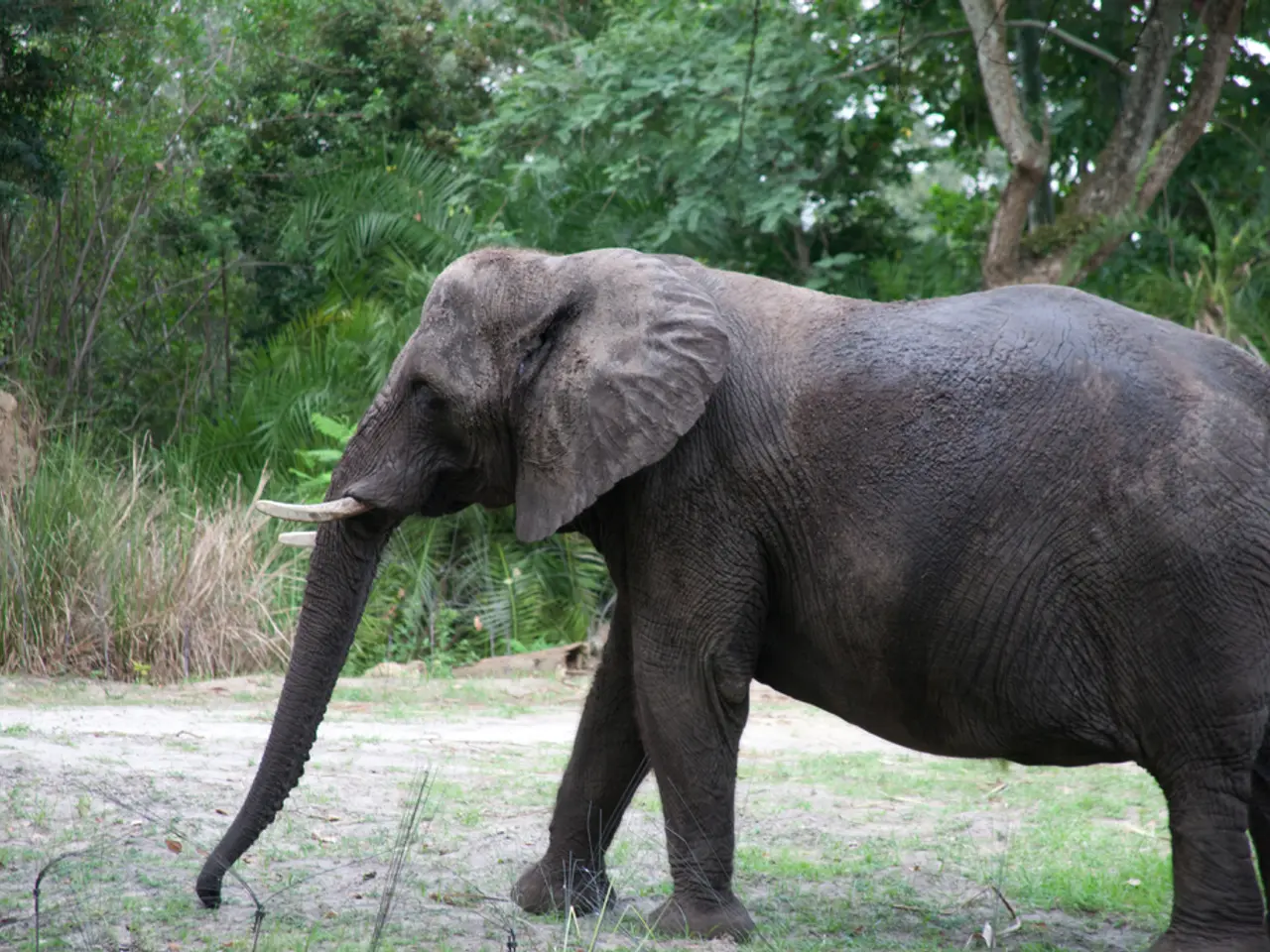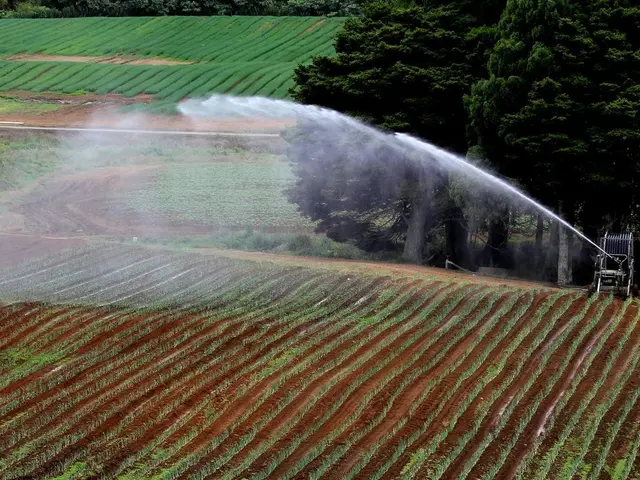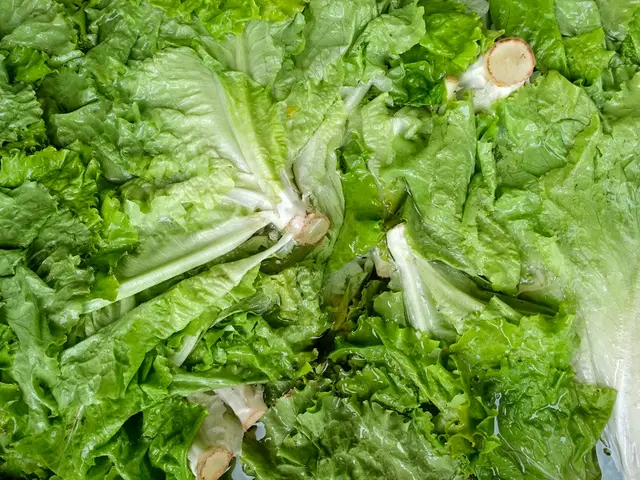Ideal Soil Compositions for Thriving Elephant Ear Plants
In the world of houseplants, Elephant Ear plants (commonly Alocasia or Colocasia species) stand out for their striking, large leaves. To help you care for these tropical beauties, we've put together a guide on soil, fertilizer, and repotting.
**Soil:**
For a thriving Elephant Ear plant, choose a loose, well-draining potting mix that retains moisture but does not stay soggy. Organic matter like coco coir or sphagnum moss can help retain moisture and provide nutrients. The soil should be slightly acidic, with a pH between 5.5 and 6.5, which suits their tropical nature. Deep, moisture-retentive soils are especially ideal for outdoor varieties like Colocasia White Lava, which also require good drainage to prevent root rot.
**Fertilizer:**
Elephant Ear plants are heavy feeders and can quickly deplete soil nutrients due to their rapid growth. Use a gentle organic fertilizer or compost every 1-2 months, adjusting frequency based on location and season. During the growing season (spring and summer), regular feeding supports their fast leaf production, while feeding can be reduced or paused in dormant seasons.
**Repotting:**
Repot the plant once every few years or when it outgrows its container. When repotting, use a high-quality, well-draining soil mix to reduce the risk of root rot and pest issues. Some growers also opt for semi-hydroponic setups using LECA (lightweight expanded clay aggregate) or mineral substrates that provide excellent root aeration and moisture control. If transitioning to water-only growth, roots can be trimmed since soil roots die off in water. However, soil-based growing generally provides better growth outcomes.
When planting Elephant Ear plants, bury the tubers 4 inches below the soil level with the root end pointed down. Choose a pot between 12 and 18 inches in diameter. The soil for Elephant Ear plants should be able to retain sufficient moisture as well as drain well. Horticultural perlite, sand, and peat moss can be added to improve soil structure and drainage. It is recommended to use a pot with drainage holes when planting Elephant Ear plants to ensure excess water can escape.
**Watering:**
Water well and place the plant in a warm, sunny spot after planting. Overwatering can lead to curled or drooping leaves and brown, mushy roots. The frequency of watering depends on environmental conditions, but the top layer of soil should dry out between waterings. Signs of dehydration include drooping or wilting leaves.
**Light:**
Elephant Ear plants do not require a lot of sunlight and too much exposure can burn the leaves. Loosening the soil is vital for healthy plant growth, promoting aeration, drainage, and root development. Adding organic matter such as chopped leaves, peat, or composted manure can help improve the soil's ability to retain moisture and drain well.
In summary, Elephant Ear plants thrive in slightly acidic, well-draining, organic-rich soil with regular feeding and infrequent repotting into a suitably sized pot with good aeration and drainage. Semi-hydroponic growing is an alternative method but requires careful management for healthy growth.
Home-and-garden enthusiasts looking to introduce an exotic touch to their lifestyle can consider the Elephant Ear plant, a popular houseplant known for its large, striking leaves. For indoor enthusiasts, it's essential to select a pot with drainage holes to maintain proper moisture levels and prevent root rot, resembling a well-designed home-and-garden setup reflecting their lifestyle. Gardening enthusiasts growing Elephant Ear plants outdoors, like the Colocasia White Lava, can follow the soil preparation techniques outlined for this tropical plant to ensure their garden remains vibrant and healthy.








